Feature: The unsung athletes behind trail running's most iconic images
Source: Xinhua
Editor: huaxia
2025-11-05 21:40:15
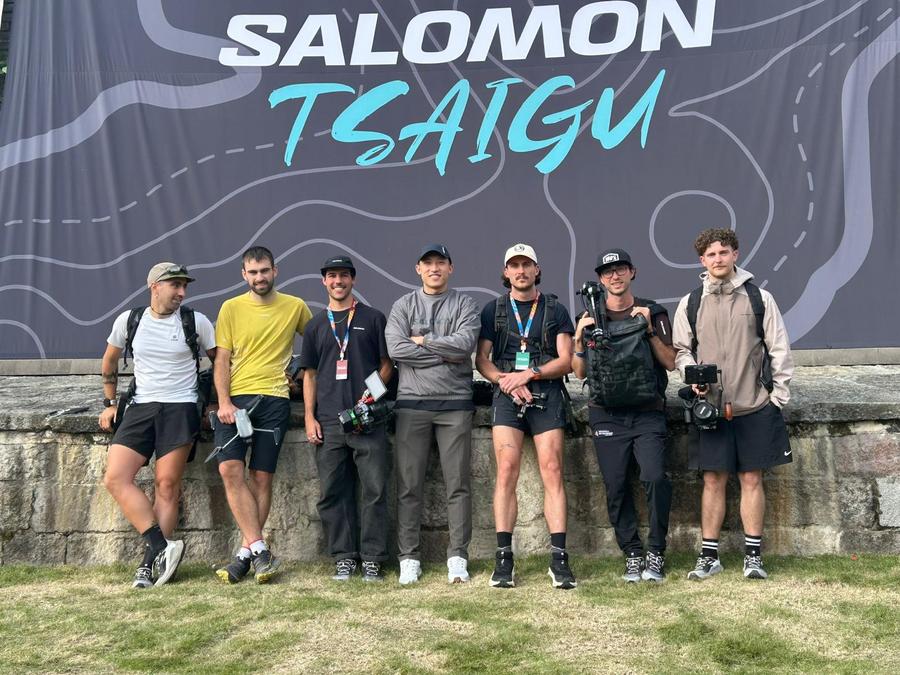
In an era of nonstop sports imagery, Spanish filmmaker Pau Pares and his Koastal Forest team bring trail running to life through the lens. From drones to "camera athletes," they braved Zhejiang's rugged mountains to film the 10th Tsaigu Trail, turning endurance into art.
by sportswriters Dong Yixing, Wang Qin'ou and Shen Nan
LINHAI, China, Nov. 5 (Xinhua) -- In the digital age where epic sports imagery floods our screens, the demand for those photos and videos has never been higher.
Behind the scenes of the world's most dramatic trail running races is Pau Pares and his dedicated team from Koastal Forest, a media production crew specialized in turning grueling athletic endeavor into compelling visual narrative.
Their latest mission was to document the 10th anniversary of the 2025 Tsaigu Trail in Linhai, Zhejiang Province, one of China's most well-known trail running events.
For Pares, a Barcelona native and co-founder of the team, the work begins not on the race course, but weeks in advance with thorough planning from home.
"We're basically preparing at home. All the planning, we're scouting the route online, and we're making sure that we can have everything ready during the race week to fulfil the client's needs," he told Xinhua.

This preparation culminated in an ambitious logistical plan for Tsaigu, involving a relay of taxis to shuttle team members between remote shooting locations. "The local team told us that will be crazy, because we're bringing a new plan to the table that there's never done before," Pares said. "I'm excited. It's going to work out for sure."
He is fervent about highlighting that Koastal Forest's success is from a well-orchestrated team effort, not a solo act. The unit is a blend of highly specialized roles, from drone pilots to cinematic shooters. The most crucial members, however, are the two "camera athletes," individuals who possess the rare dual talent of elite fitness and camera skill.
"These guys are asked as an athlete. They could probably be running the races," Pares said, noting how scarce such professionals are. "They basically are the key element in our team for sure." Meanwhile, Pares often positions himself at the start and finish lines, tasked with capturing runners' raw, unfiltered emotions.
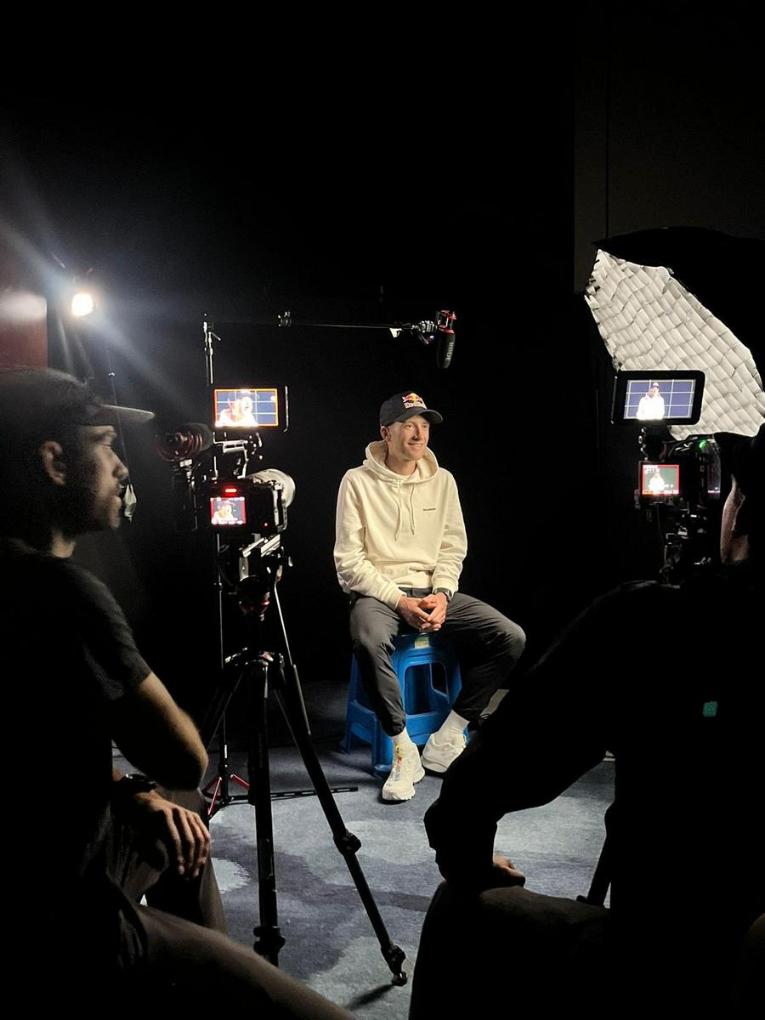
This diverse team, with backgrounds in filmmaking, documentaries and mountain biking, has gelled into what Pares called "one of the most solid teams in terms of going to running races."
Their resilience is tested by the very mountains they shoot in, facing everything from biting cold at 4,300 meters to torrential rains that have broken equipment. "As long as it's not lightning, we are good to go," Pares said, recalling times they've resorted to protecting cameras with plastic bags during downpours. "It's a little bit mayhem when it's raining, but we try to do our best. We still capture those moments."
The core of their work, beyond the logistics and weatherproofing, is storytelling. Pares measures a great image by its timelessness, citing a belief that "a photo that you will look at it in 50 years, and it will still make you feel something - that's a great photo."
This philosophy drives their video production as well, aiming to convey the immense physical challenge that often gets lost in the beautiful scenery. "Our main job is to provide all these emotions, to give a spectator a point of view of what is to be like in one of these trail running races," he said. "It doesn't look really hard when you're looking at a video, but it is."
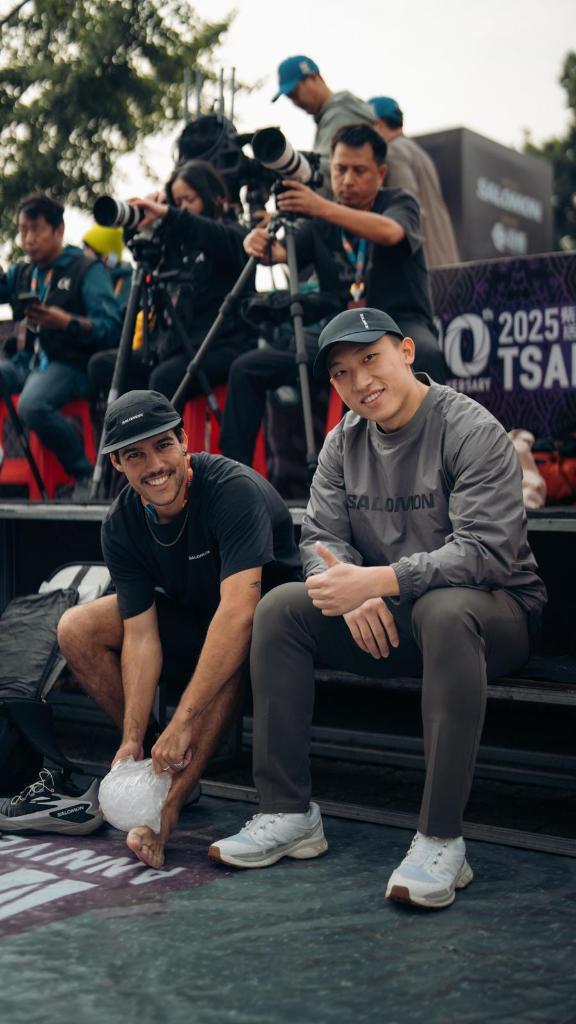
Witnessing the sport's professionalization over the past eight years is deeply rewarding for Pares, who feels their work has played a part in its growth. He finds profound motivation in hearing from newcomers who were inspired to run after seeing one of their videos. This growth, including talks of the sport joining the Olympics, is a positive evolution in his view.
"The more the big, it's just the bigger the cake, the more people can eat from the cake," he said. ■

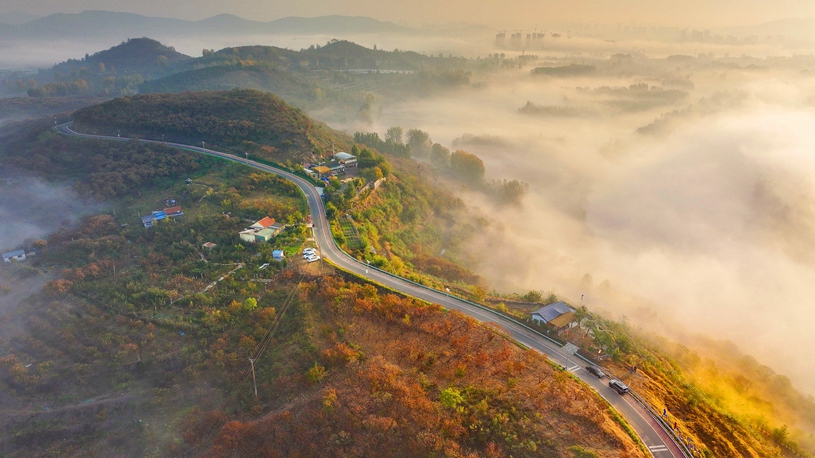
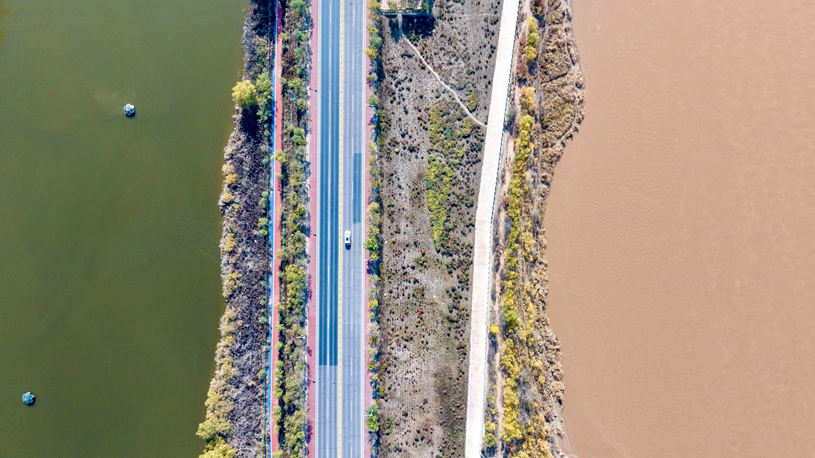

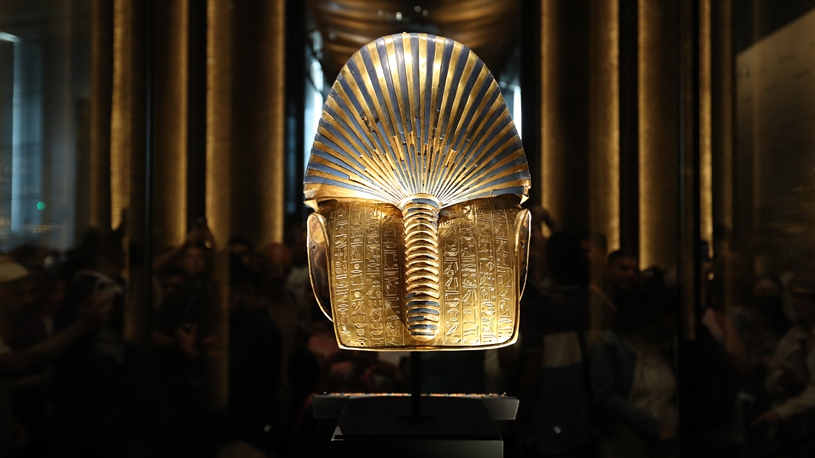

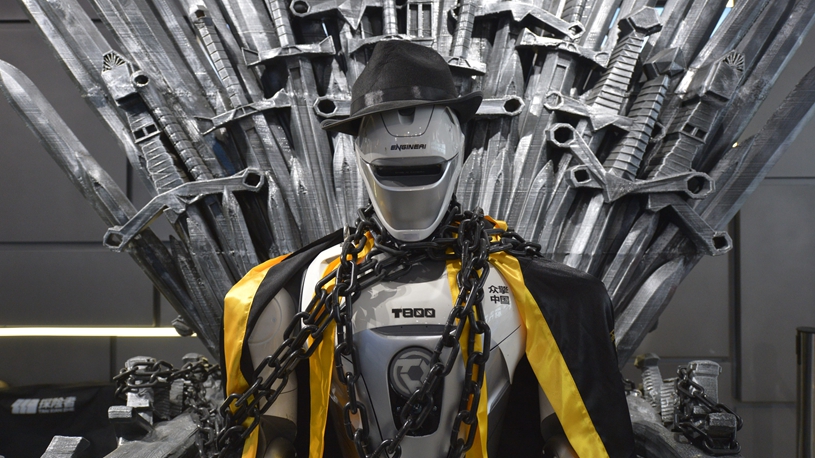
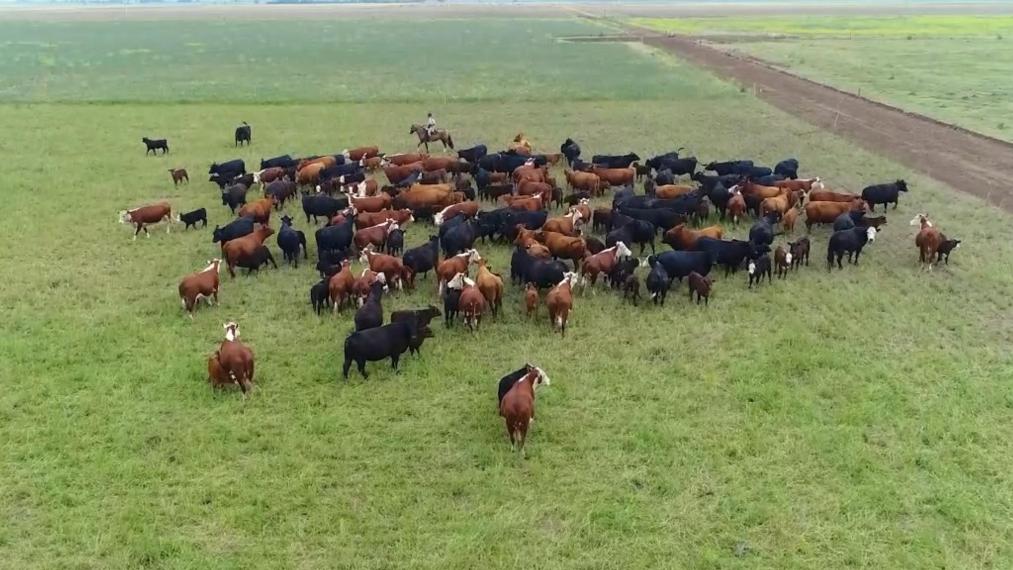





Comments